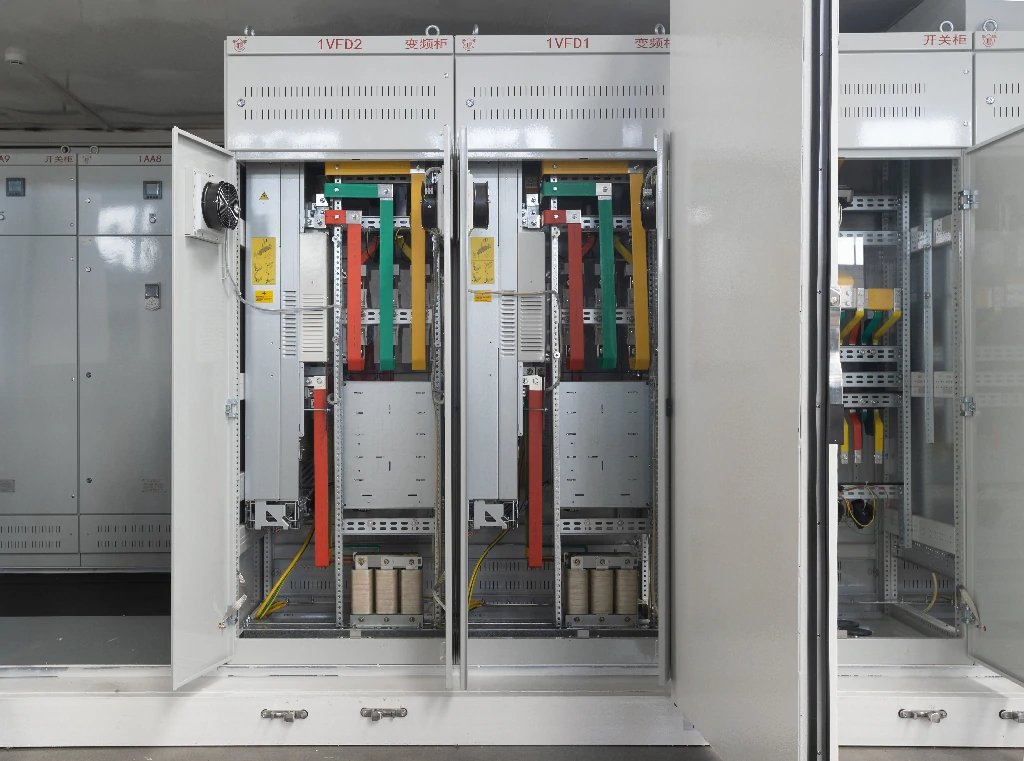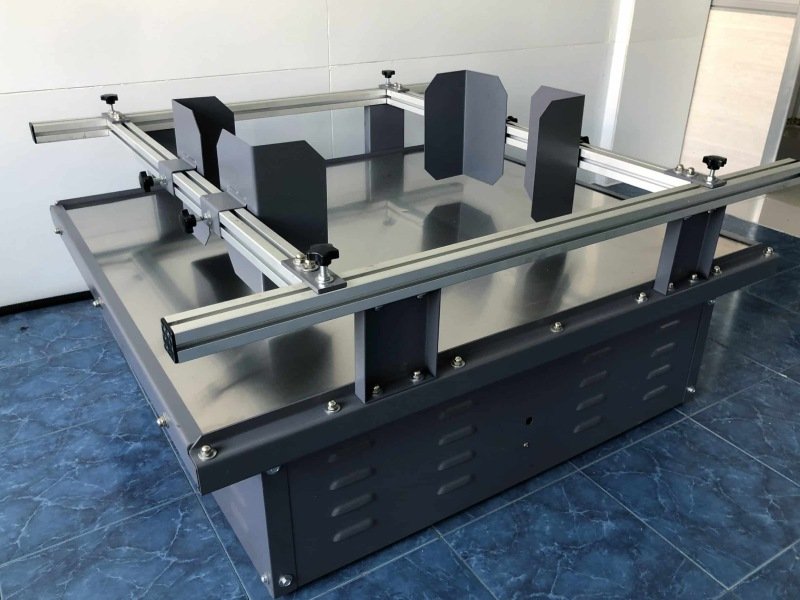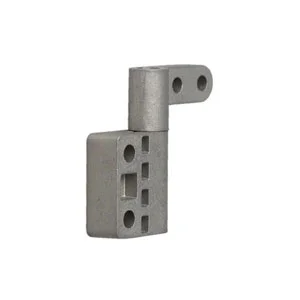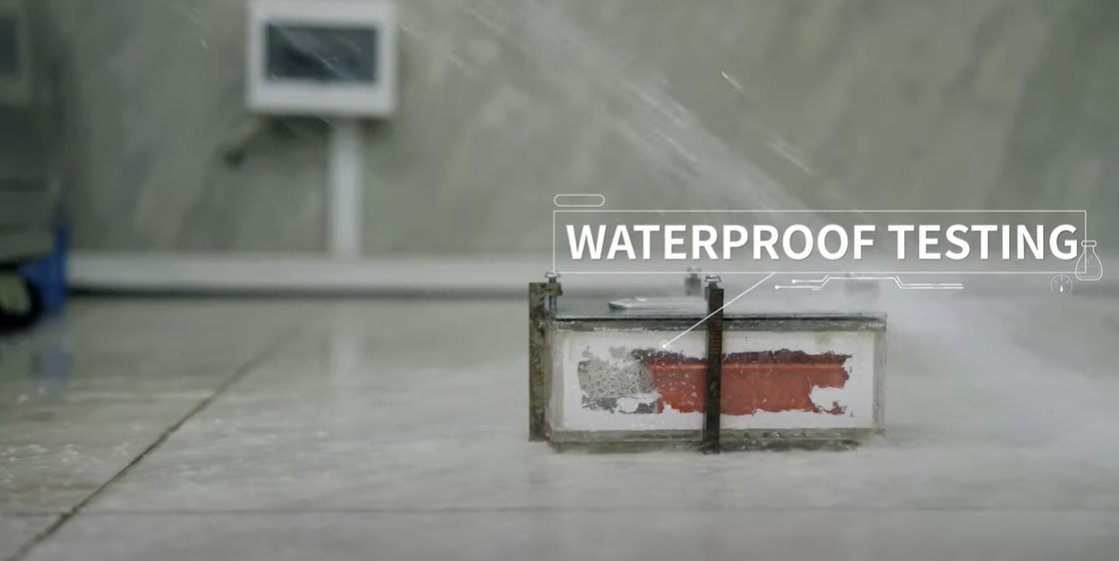When it comes to electrical cabinets, whether used for industrial, commercial, or residential purposes, one critical component that often gets overlooked is the latch. The latch is not just a simple mechanism for keeping the door closed; it plays a vital role in ensuring the safety, security, and durability of the cabinet. However, not all latches are created equal, and the choice between indoor and outdoor electrical cabinet latches can make a significant difference in performance and longevity.
In this blog post, we’ll explore the key differences between indoor and outdoor electrical cabinet latches, helping you make an informed decision when selecting the right latch for your application.
1. Environmental Exposure
The most obvious difference between indoor and outdoor electrical cabinet latches lies in their ability to withstand environmental conditions.
- Indoor Latches: These are designed for controlled environments, such as offices, factories, or residential spaces. Indoor latches are not typically exposed to harsh weather conditions, so they are made from materials that prioritize functionality and cost-effectiveness over extreme durability. They may lack advanced protective coatings or weatherproof seals.
- Outdoor Latches: Outdoor latches are built to endure exposure to rain, snow, UV rays, humidity, and temperature fluctuations. They are commonly made from corrosion-resistant materials such as stainless steel or zinc alloys and often feature weatherproof seals or gaskets to prevent water ingress. Outdoor latches are also designed to resist rust and wear over time.
2. Material Composition
The materials used in manufacturing indoor and outdoor latches vary significantly due to their intended use.
- Indoor Latches: These are often made from lightweight materials like plastic, aluminum, or standard steel. While these materials are sufficient for indoor applications, they may not hold up well under extreme conditions or prolonged exposure to moisture.
- Outdoor Latches: Durability is the priority for outdoor applications. High-grade stainless steel or powder-coated metals are commonly used to ensure resistance to rust and corrosion. Some outdoor latches may also include UV-resistant coatings to prevent degradation caused by sunlight.
3. Sealing and Protection
Another critical distinction is the level of sealing provided by the latch mechanism.
- Indoor Latches: Sealing is not typically a major concern for indoor latches since they are not exposed to dust, water, or other contaminants. As a result, they may lack gaskets or additional sealing features.
- Outdoor Latches: Outdoor latches often incorporate weatherproof seals to protect the internal components of the electrical cabinet from water, dirt, and debris. These seals help maintain the integrity of the enclosure and ensure compliance with IP (Ingress Protection) ratings, which are essential for outdoor electrical installations.
4. Design Considerations
The design of the latch also varies depending on its intended environment.
- Indoor Latches: Indoor latches are generally simpler in design and may prioritize aesthetics over ruggedness. They often feature smoother finishes and compact profiles to blend seamlessly with indoor settings.
- Outdoor Latches: Outdoor latches are designed with functionality and security in mind. They may include features such as reinforced locking mechanisms, tamper-proof designs, or heavy-duty handles to withstand rough handling and potential vandalism.
5. コスト要因
Cost is another factor where indoor and outdoor latches differ.
- Indoor Latches: Since indoor latches do not require advanced materials or protective features, they are typically more affordable than their outdoor counterparts.
- Outdoor Latches: The added durability, weather resistance, and specialized coatings of outdoor latches make them more expensive. However, this higher initial cost is often justified by their longer lifespan and ability to perform reliably in challenging conditions.
6. Compliance Standards
Electrical cabinets must comply with various safety standards depending on their installation environment.
- Indoor Latches: Indoor applications may require compliance with basic safety standards but generally do not need to meet stringent environmental protection ratings like IP65 or IP66.
- Outdoor Latches: Outdoor electrical cabinets must adhere to strict standards to ensure safety and reliability. Latches used in these cabinets often need to meet specific IP ratings or NEMA (National Electrical Manufacturers Association) standards for weatherproofing and durability.
Conclusion: Choosing the Right Latch for Your Needs
Selecting the right latch for your electrical cabinet is not just about functionality—it’s about ensuring safety, reliability, and longevity. For indoor applications, a standard latch made from lightweight materials will suffice. However, for outdoor environments where exposure to harsh weather conditions is inevitable, investing in a high-quality latch with corrosion resistance, weatherproof sealing, and robust construction is essential.
When in doubt, consult with a professional or refer to the manufacturer’s specifications to ensure the latch you choose is compatible with your cabinet’s requirements. Remember, a well-chosen latch can make all the difference in protecting your electrical systems and maintaining operational efficiency over time.
By understanding these key differences between indoor and outdoor electrical cabinet latches, you’ll be better equipped to make an informed choice that meets both your functional needs and environmental demands.







